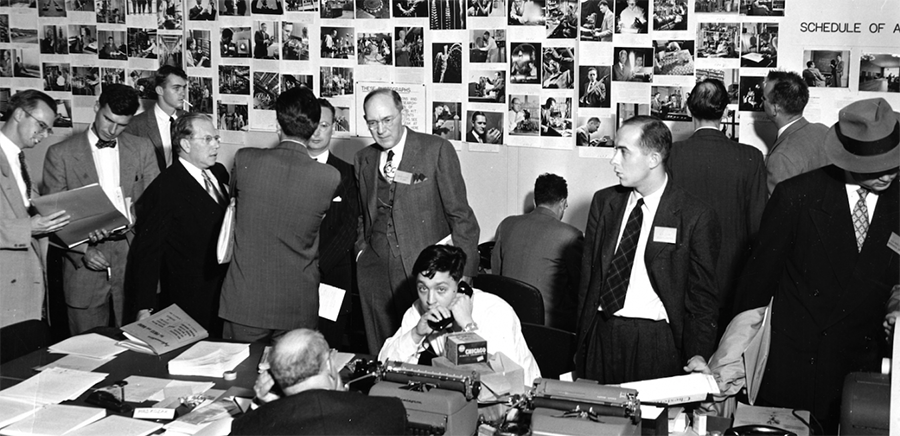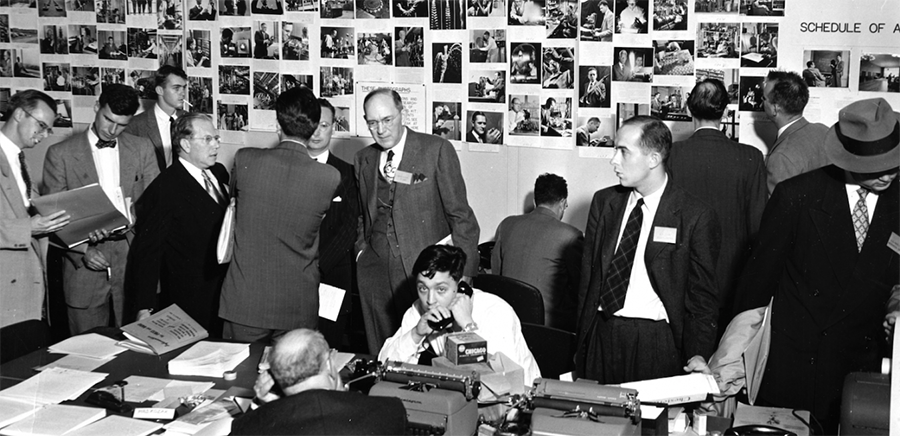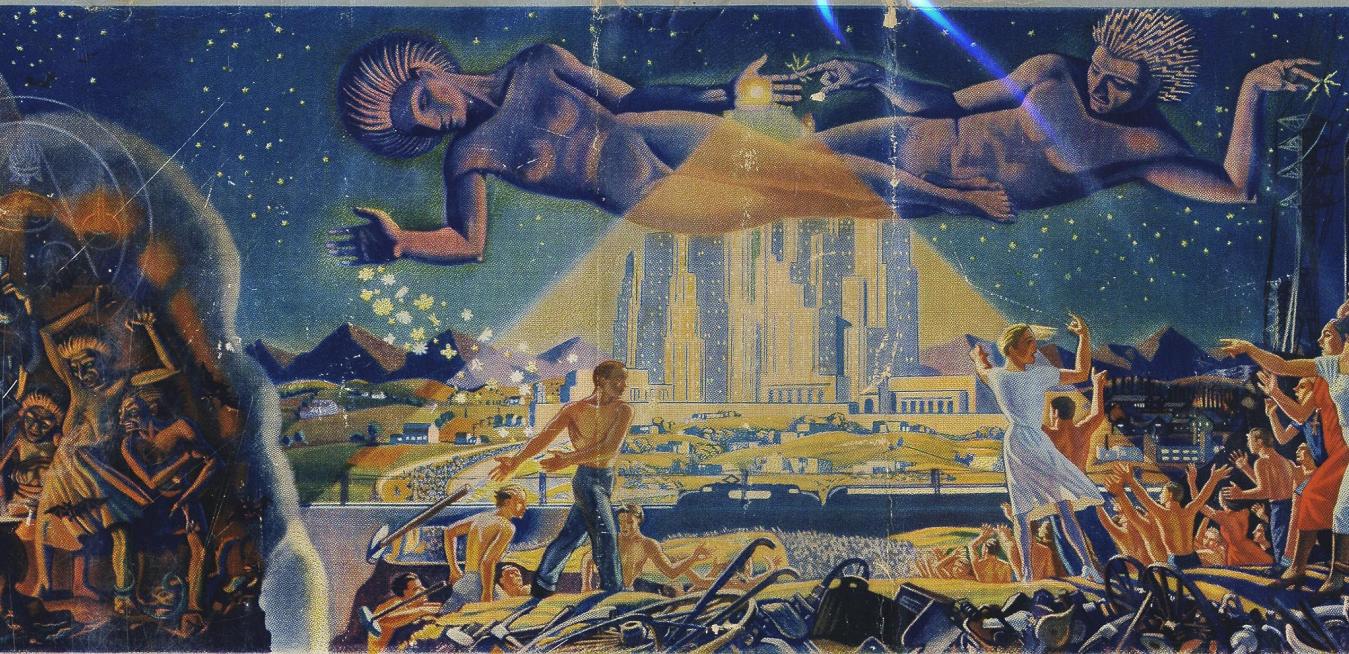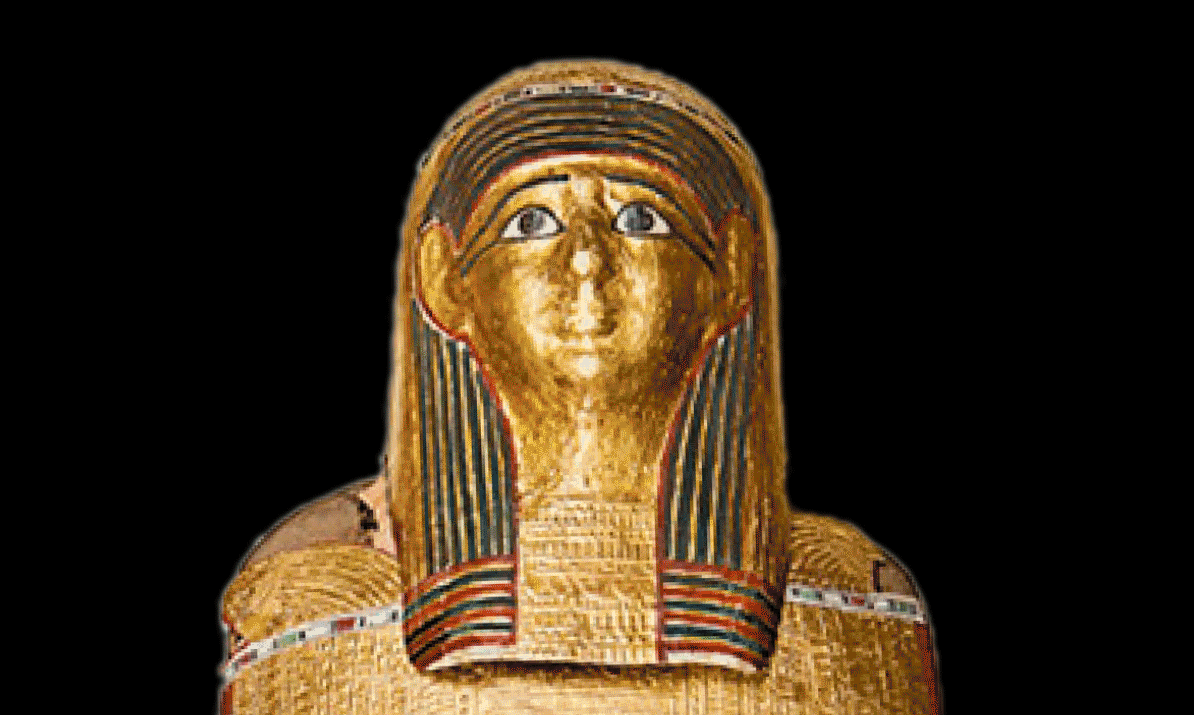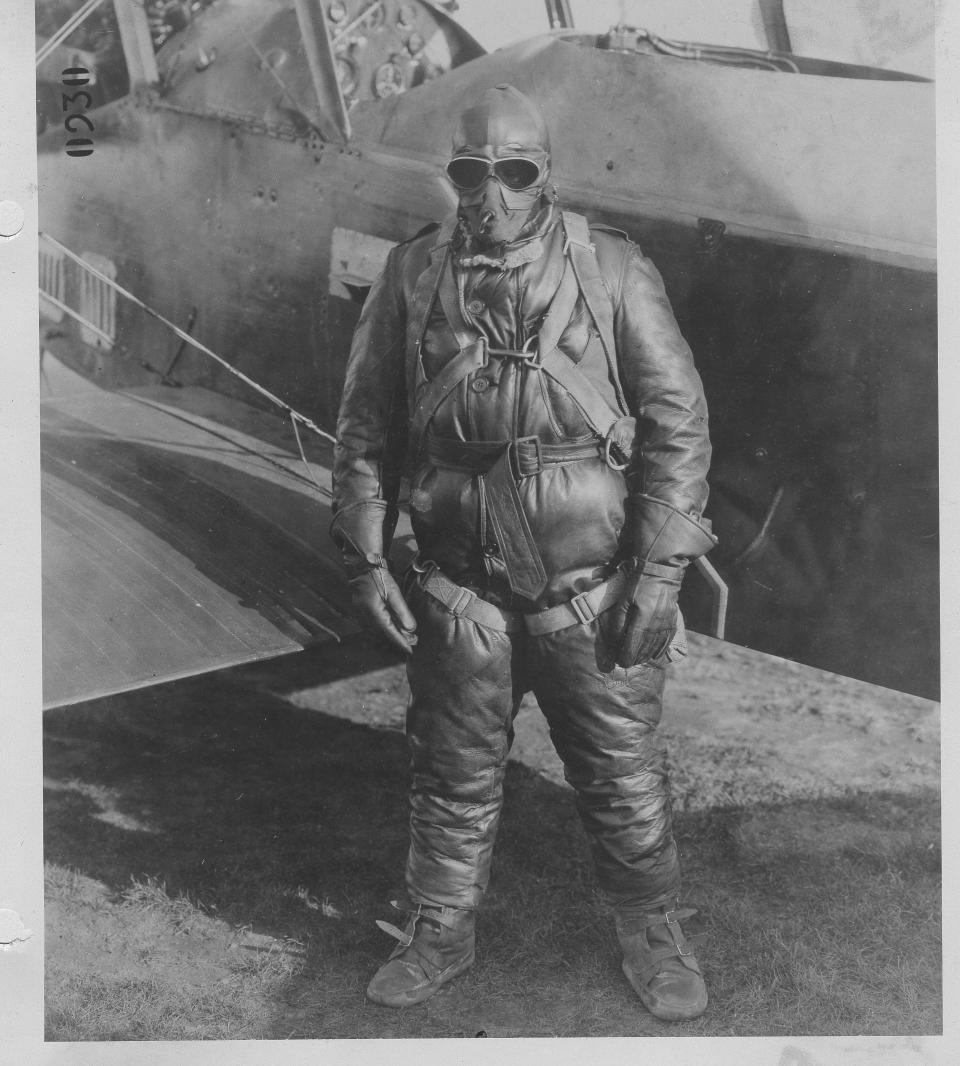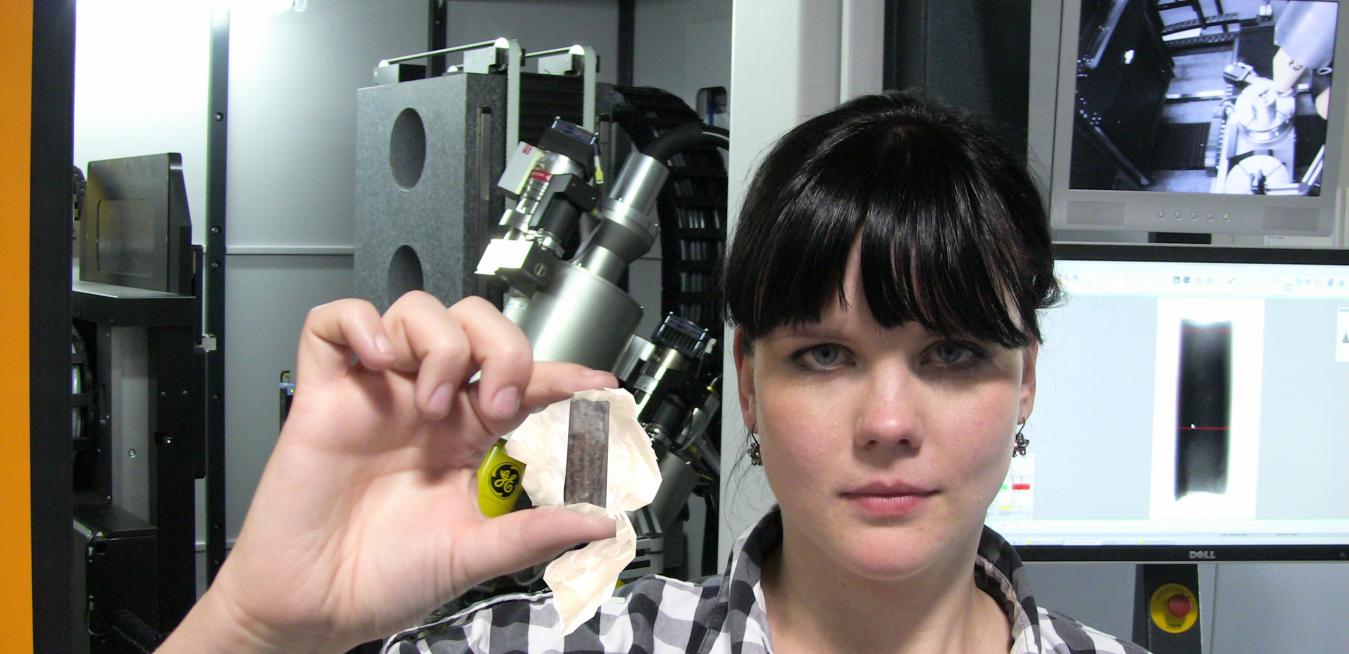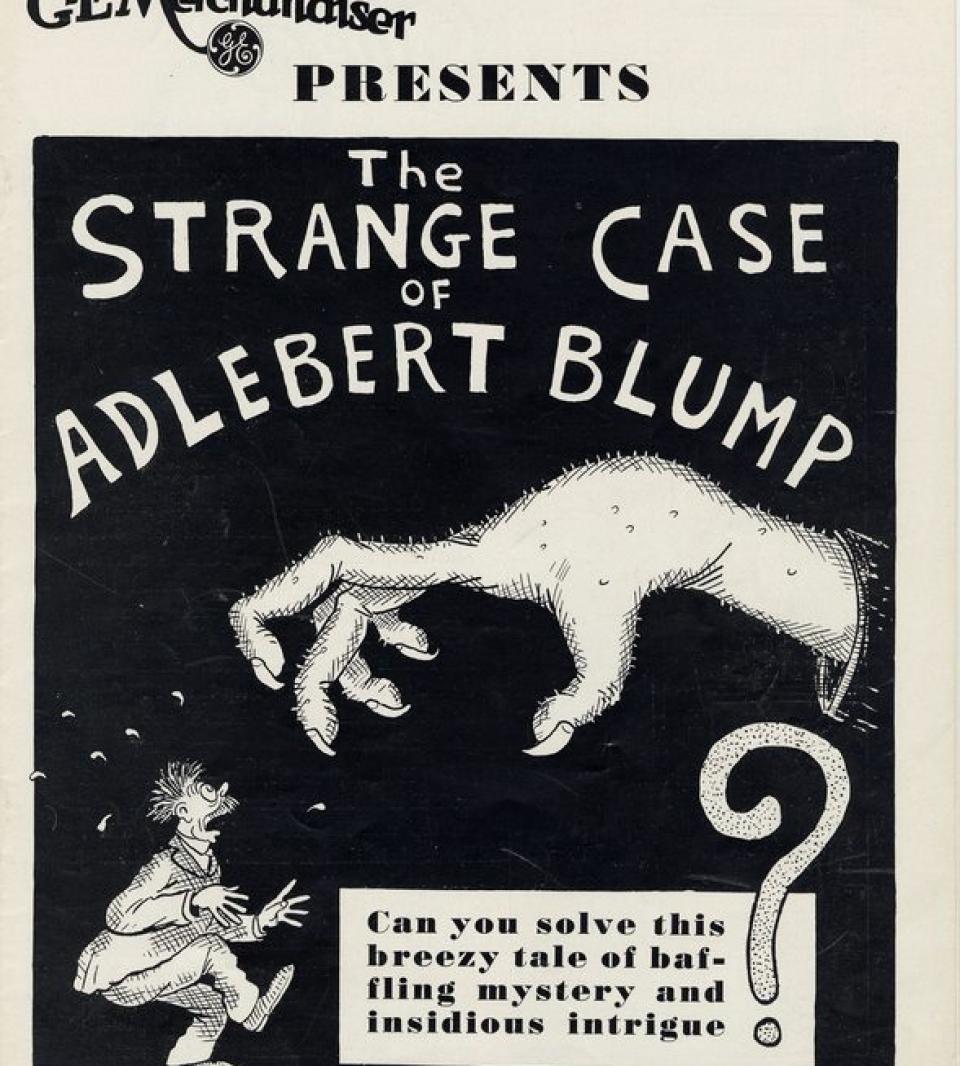Cheser Lang, editor di Syracuse News Standard, sedang duduk di kursi kerjanya sambil memikirkan tentang GE. Hatinya gelisah. Sebagai seorang editor untuk edisi mingguan di koran tersebut, tugas Lang adalah mencari berita terkait industri yang bagus. Hanya sedikit perusahaan pada saat itu – ketika dia menjadi editor di tahun 1917 – yang bobot dan daya tariknya sama seperti GE. Tapi di sinilah masalahnya.
Chester Lang, editor of the Syracuse News Standard, was sitting at his desk and thinking about GE. He was not happy. It was Lang’s job as the paper’s Sunday editor to find good industry stories, and few companies at the time — he became editor in 1917 — were as important and interesting as GE. But there was a problem. “When I wrote General Electric for a story, the results were most disappointing,” he later lamented, complaining about getting “a ‘story’ written in commercial language,” among other transgressions.
The three GE engineers were all worrying about the same thing: Would the crane and the generator arrive at the same time? Ganesh Potharaju, Guy Stoeckel and Charlie Clement had spent months planning, down to the minute, how to swap out a 30-year-old steam-powered generator for a brand-new one at the Calaca power station on Luzon, the largest and most populous island in the Philippines.
The three GE engineers were all worrying about the same thing: Would the crane and the generator arrive at the same time? Ganesh Potharaju, Guy Stoeckel and Charlie Clement had spent months planning, down to the minute, how to swap out a 30-year-old steam-powered generator for a brand-new one at the Calaca power station on Luzon, the largest and most populous island in the Philippines.
First impressions can be misleading. In 1895, when Wilhelm Roentgen trained his cathode ray at his wife’s hand and took what may have been the world’s first human X-ray, she cried out, “I have seen my death!” — or so the story goes.
Last weekend, the world remembered 100 years since the end of World War I, a conflict that changed the map of Europe and left an estimated 17 million people dead. But amid its devastation and disruption, the war also accelerated the rise of new industries like aviation.
Lück believed that the precious, 1,600-year-old artifact, which measured just 3.6 centimeters long and 1.5 centimeters wide, contained scriptures in Mandaic — the language of an ancient gnostic religion dating back to Christ's birth. She wanted to read the verse, but unrolling the scroll would destroy it.
In the years before he became the beloved Dr. Seuss, children’s author Theodor Geisel toiled away as an adman, creating pitches for oil companies, insecticide purveyors and “G-E.” That's how we got The Strange Case of Adlebert Blump in the “G-E Merchandiser,” a publication for prospective retailers of GE’s wares.
